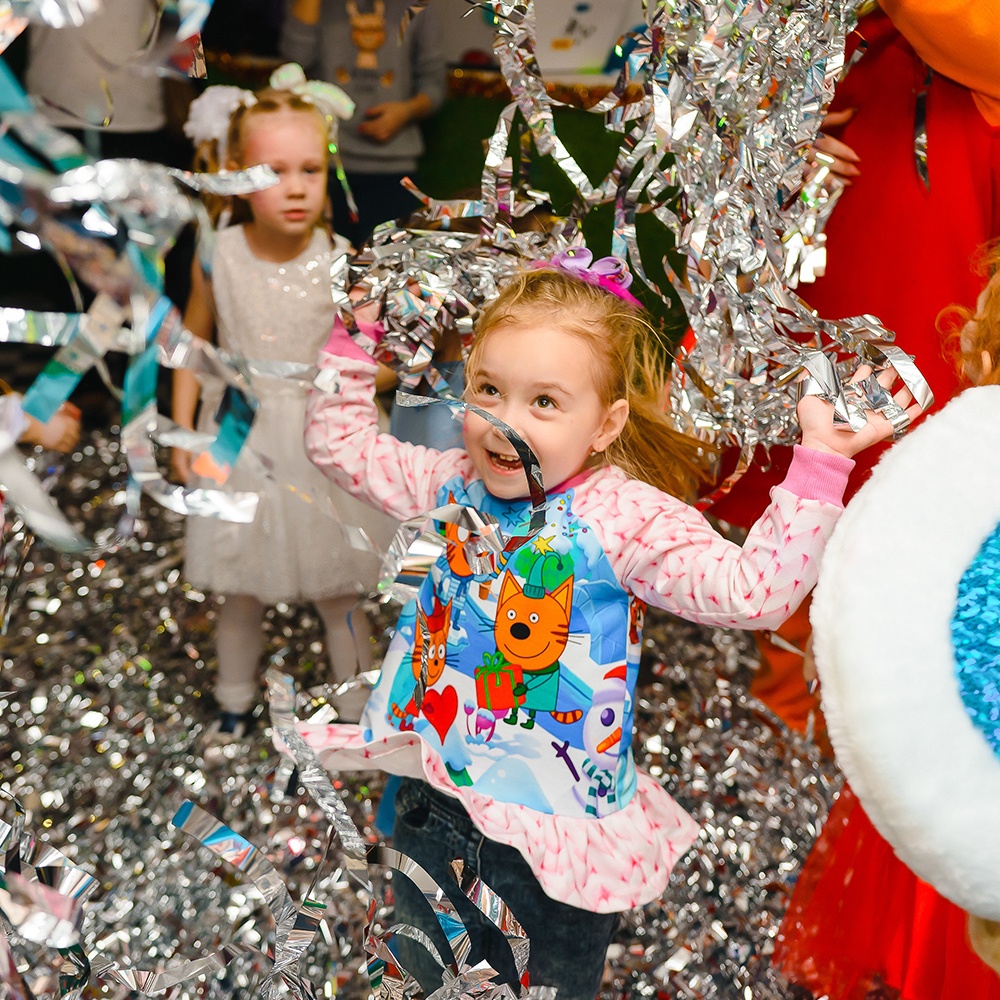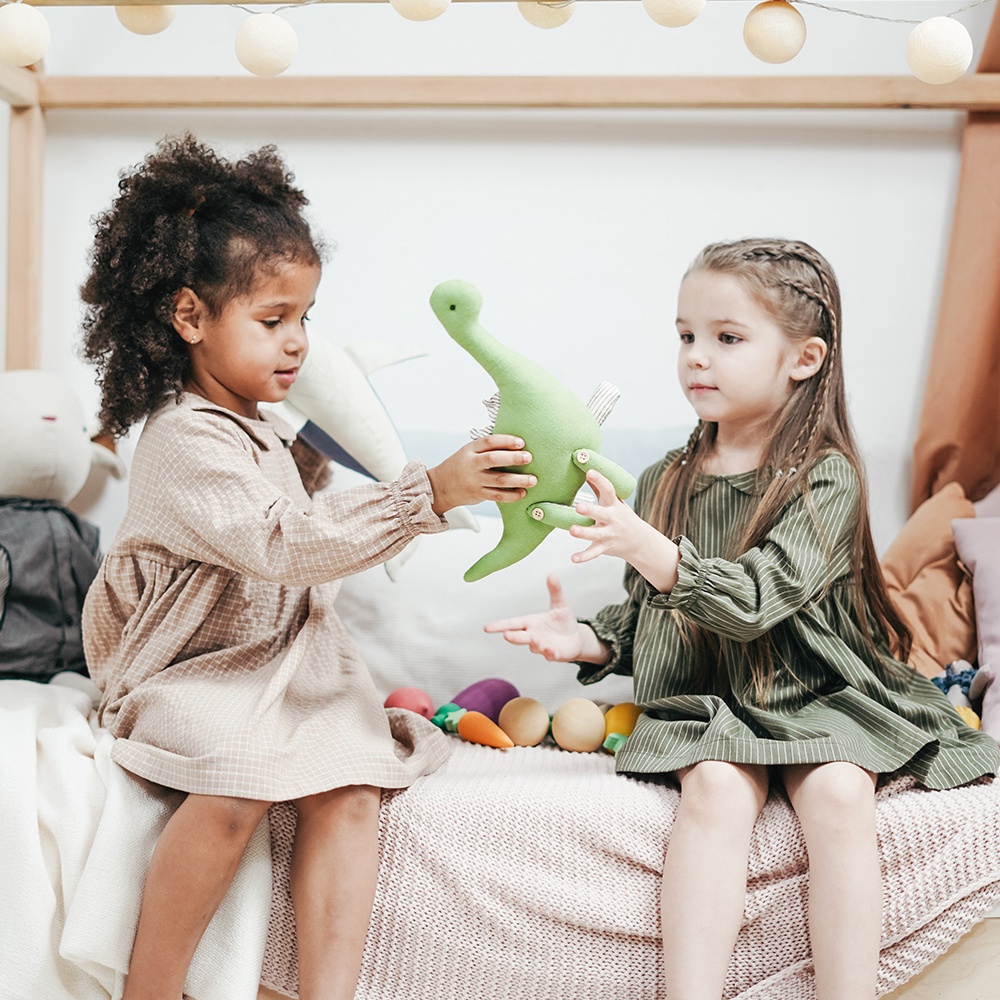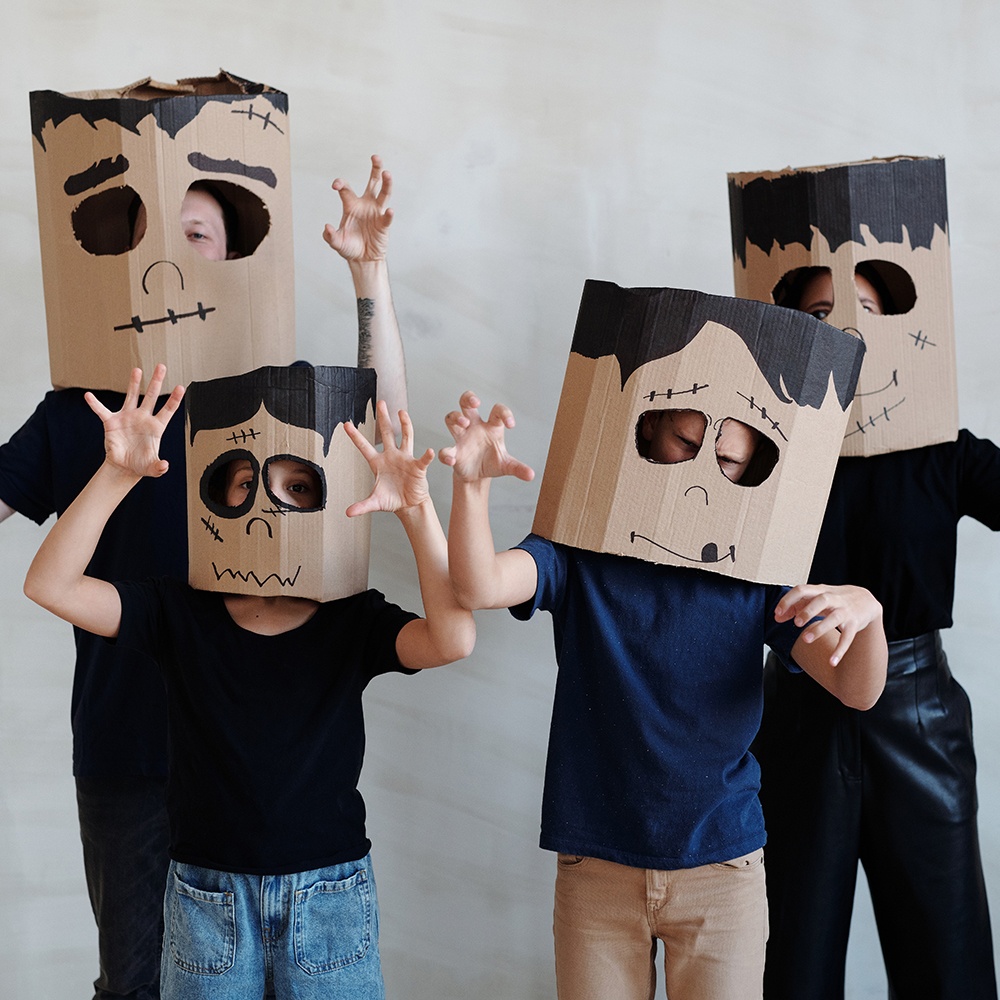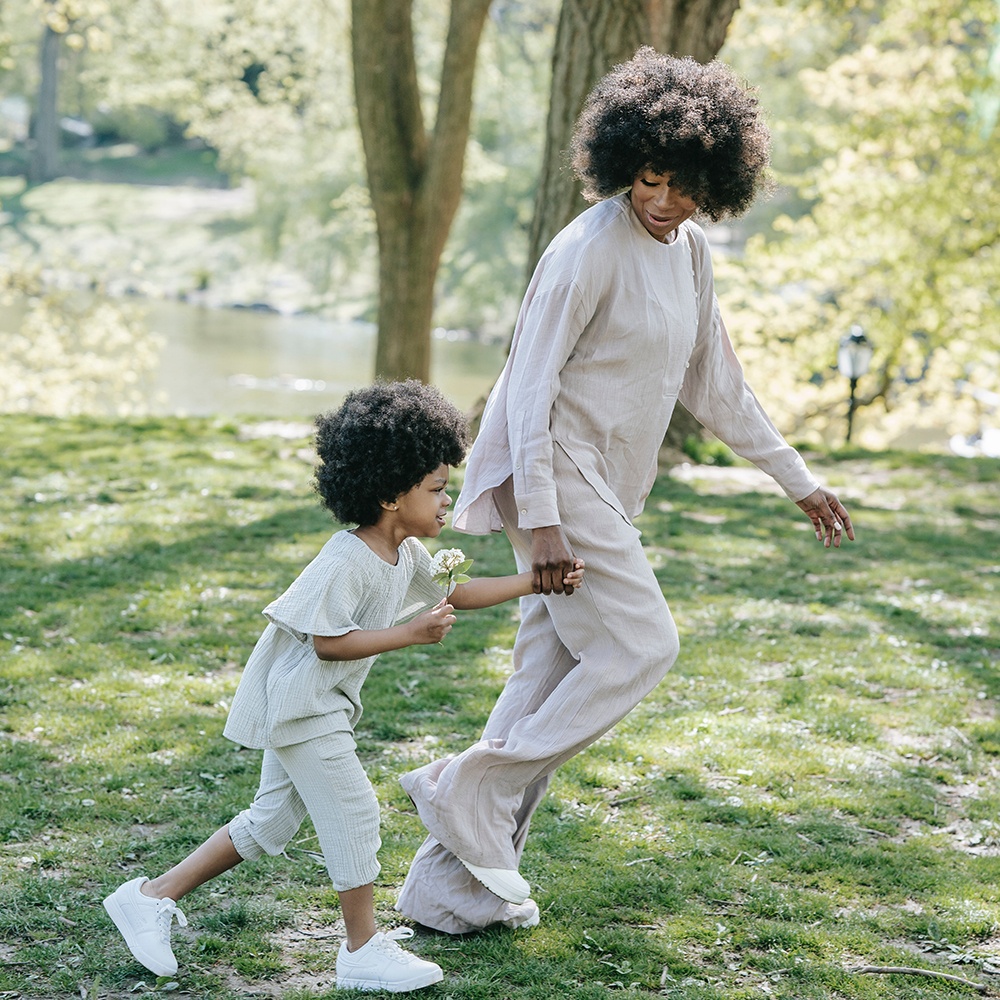This is the time of year where children may have extra time off from school to spend the holidays at home. While there’s plenty of things to do indoors with your kids—decorating the home, baking sweet holiday treats, etc.—there’s also plenty to do outdoors, too! Looking for fun holiday attractions and events for your kids around town? Here’s a list of some amazing attractions around Calgary that will leave your child begging you to visit again:
-
- Spectacle Blue Winter Wonderland – Spectacle Blue is an aerial dance and circus performance group based in Calgary. This December, they will be presenting the “Winter Wonderland” show, a tribute to the holidays with a series of aerial, dance and circus acts woven together to create a story reflecting the season! http://spectacleblue.ca/
-
- The Young Canadians of the Calgary Stampede Christmas Spectacular – Want to indulge the ears instead of the eyes? Check out the Young Canadians of the Calgary Stampede’s presentation of “A Christmas Spectacular,” a celebration of songs from Christmas past and present! The entire family will love singing along to classic holiday songs. https://www.artscommons.ca/WhatsOn/ShowDetails.aspx?show_id=B07D86C3-1182-49F8-A55E-D338BCBC7EB0
-
- Stage West’s ‘Twas the Night Before Christmas – There’s no better way to get into the holiday season than seeing‘Twas the Night Before Christmas. Stage West for Kids is showing a one-of-a-kind, dinner theater production of the holiday classic, all through December! Stage West for Kids also has a kid-friendly buffet, making this theater restaurant perfect for the entire family. Check out their website for tickets and show times: http://stagewestcalgary.com/stage-west-for-kids/
-
- Legacy Christmas Light Parade – Your child will be in awe experiencing the annual Legacy Christmas Light Parade! Over 80,000 lights parade the streets of Legacy, Calgary through tunnels, large holiday displays, and even a full set of show homes. But the magic doesn’t stop there; there’s even an outdoor skating rink the whole family can enjoy! For more details and directions, go here: http://legacylife.ca/events/
- Zoo Lights at the Calgary Zoo – If the Legacy Light Parade isn’t enough to inspire awe, head over to the Calgary Zoo to experience the annual Zoo Lights, where over 1.5 million Christmas lights and 200 displays surround this popular attraction! Activities such as ice-sculpting demonstrations, dazzling fire pits,and walks down Candy Cane Lane are just the beginning in this magical winter wonderland. https://www.calgaryzoo.com/zoolightsyyc























